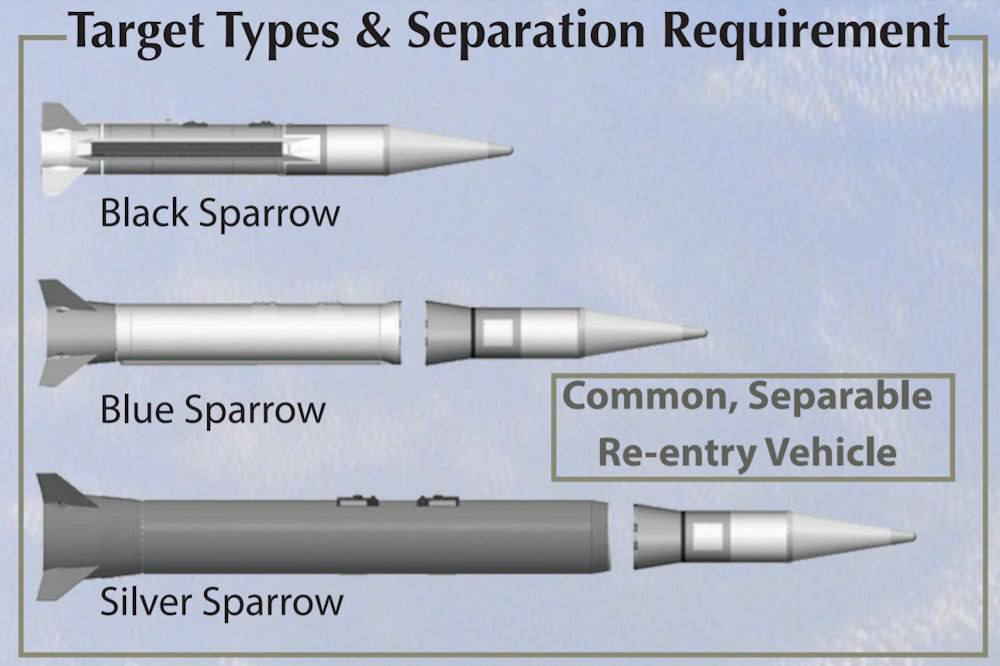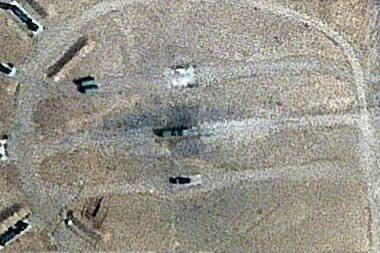Recent Satellite Images Show No Damage to Iranian Airbase, S-300 Defense System
Several days after the alleged ballistic missile attack by Israeli aircraft, recent satellite images indicate that the strike was "unsuccessful," showing no damage to the Shekari Airbase in Isfahan, which houses Iran's S-300 air defense system.
(DEFENCE SECURITY ASIA) — Several days ago, American and Israeli media outlets reported that Israeli fighter jets launched three ballistic missiles targeting the S-300 air defense system located at an Iranian airbase in Isfahan.
The Shekari Airbase in Isfahan, which hosts the S-300 system, is strategically important as it oversees uranium enrichment facilities in nearby Natanz, one of Iran’s major cities.
The New York Times, citing two senior Western security officials, alleged that the attack by Israeli jets aimed to make Iran “think twice” before retaliating against Israel.
“The missiles launched by Israel were meant to signal to Iran that Israeli ballistic capabilities could circumvent and neutralize Iranian air defenses,” the Western security sources said.
However, recent satellite images revealed that the Israeli missile attack was “unsuccessful,” showing no visible damage to the airbase.

Importantly, the site housing the S-300 system at Shekari Airbase appeared unscathed without any signs of ballistic missile impact.
“Not only did the alleged missile strike by Israel fail, but an attack involving quadcopter drones also proved unsuccessful. Satellite images confirmed that the air defense system location sustained no damage,” said the analyst.
Military analysts speculate that the ballistic missile attack was likely carried out by Israel’s fifth-generation F-35I “Adir” jets, which launched from within the country.
These Israeli F-35 jets were equipped with three air-launched ballistic missiles (ALBM), possibly the “ROCKS” and “Blue Sparrow.”
The “Sparrow” family of ballistic missiles, developed by an Israeli defense firm, is capable of striking targets up to 2,000km away.

Apart from being used as a “target missile” by Israel, the “Blue Sparrow” can also act as a stand-off weapon equipped with an explosive warhead targeting military installations.
As it launched its fighter aircraft, Israel directed its supported armed groups inside Iran to launch an attack using three explosive-laden quadcopter drones against the radar systems of the S-300 at Shekari Airbase.
The goal of the quadcopter drone attack was to disrupt the radar systems, allowing the Israeli ballistic missiles to strike effectively.
The three quadcopter drones, carrying explosives, approached their target but were shot down by Iranian air defense artillery.


Upon learning that the drone attack had failed, Israel decided to cancel the mission targeting the S-300 air defense system in Iran and aborted the ballistic missile launch while still over Iraqi airspace.
Consequently, farmers in Iraq discovered the boosters of the Israeli missiles in the areas of Latifiya and Al-Aziziya, more than 100km from the Iranian border.
Another analyst stated that all three ballistic missiles launched by the Israeli F-35s were shot down by Iran’s “Khordad” air defense system based in the city of Dezful. — DSA


